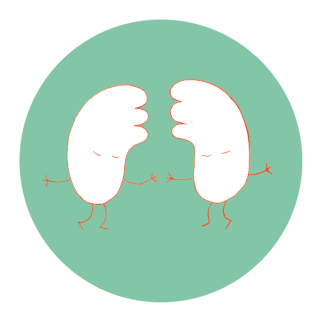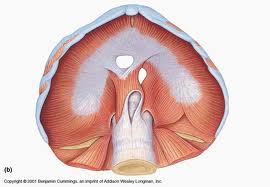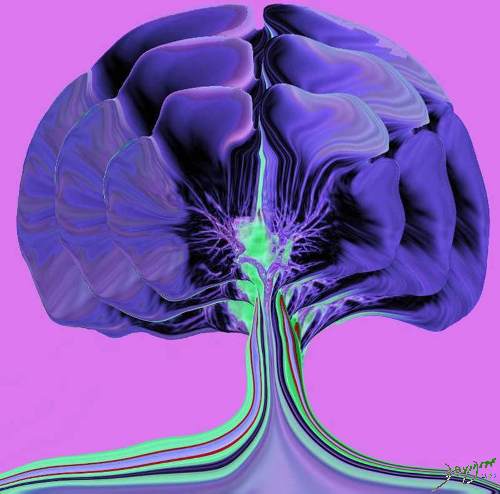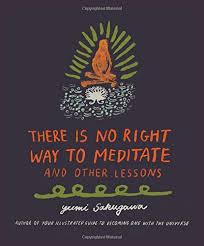In her article in Swim Guide Editor, Chloe Cross, presents the various breath holding times of aquatic or partially aquatic mammals. Simply fascinating.
“Have you ever wondered why whales and dolphins have to come to the surface to breathe? Unlike fish, whales and dolphins can’t breathe underwater. In fact, they are more like humans than fish when it comes to breathing. Both of these aquatic mammals have lungs for breathing air (which they do through what it is commonly known as a blowhole). Despite this inability to breathe underwater, these mammals, along with many others, are capable of holding their breath underwater for long periods of time.
Read More









